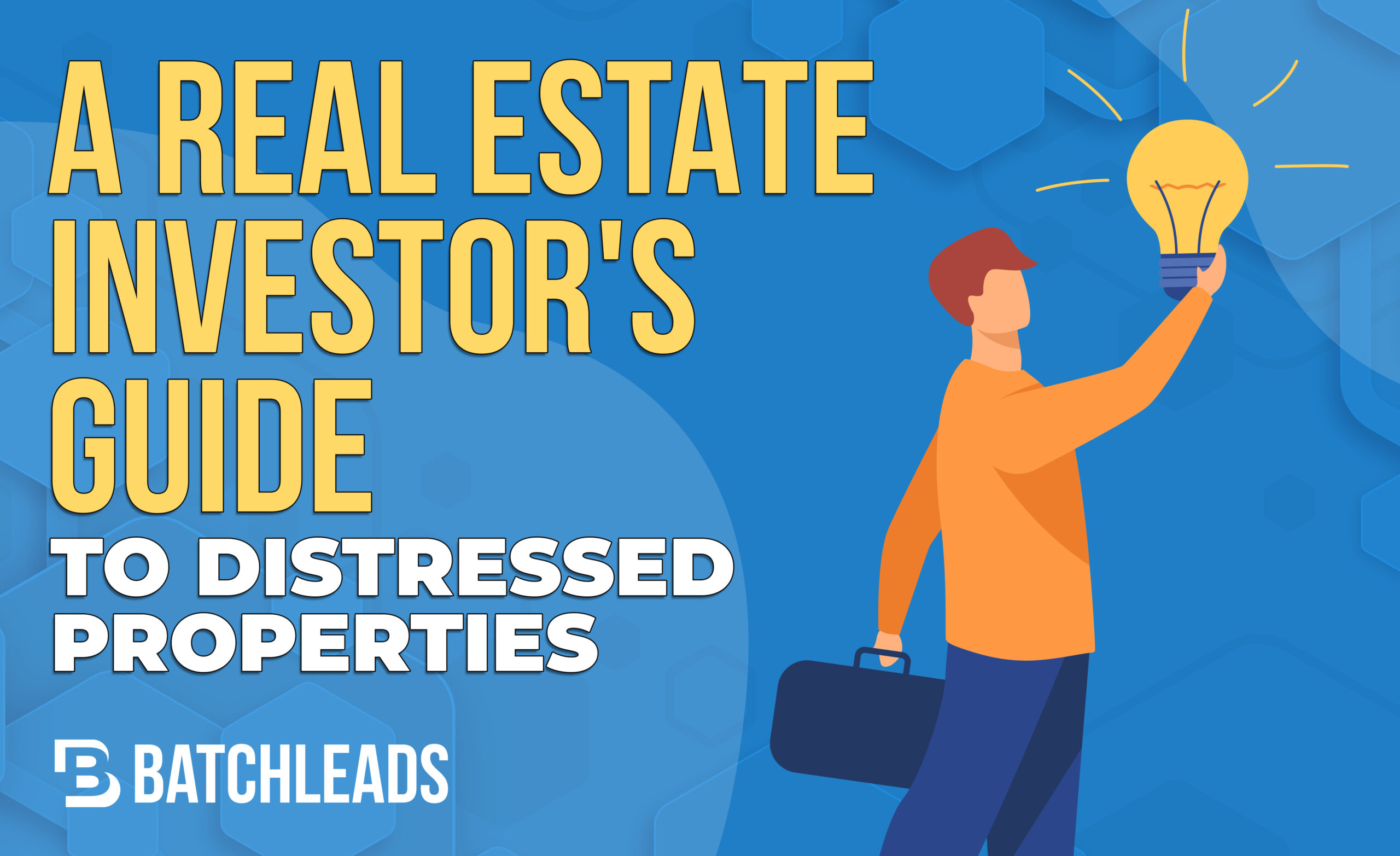You’ve probably driven past a dilapidated home before and briefly entertained the thought of bringing it back to its original beauty. Perhaps it was a fire-damaged Craftsman-era bungalow in a sunny, tree-lined neighborhood. Maybe it was a piece of undeveloped land in a prime location that had become overgrown with brush. There are distressed properties everywhere, and it usually takes a lot of faith – and a substantial investment, too – to restore their glory. Despite this, it can be an incredibly fulfilling endeavor, and investments can yield impressive returns. Read on if you’re interested in turning distressed properties into an investment.
What Defines a Distressed Property?
The term “distressed” can mean a lot of different things. When it’s used in relation to a property, though, the word generally denotes the presence of damage or disrepair. Sometimes, plumbing and drywall need to be replaced, and the floor has rotted through. Distressed properties come in all shapes and sizes with many problems. It’s important to note that distressed properties are often in foreclosure or offered as a short sale in addition to their condition – though this is not always the case.
Another example of a distressed property is a newly constructed home that is partially completed but left unfinished due to the builder’s inability to finance the whole house. No matter what a distressed home’s origin story is, the buyer will require a lot of elbow grease to ensure that it is once again safe for occupancy. Buyers should be aware of the work ahead before committing to a contract.
Pros & Cons of Selling Distressed a Property
With plenty of ready-to-move-in homes on the market, why would anybody choose to buy a distressed property? Despite the challenges, a distressed house can offer plenty of benefits, with the biggest being a significant profit potential. Since distressed properties are in poor condition, they are typically priced far below the market value for similar homes in acceptable condition. Buyers willing to devote some extensive TLC can restore a distressed property and turn an impressive profit.
Cons include the extensive work that often must be done to make such properties livable. Many buyers underestimate just how much work needs to be done – and how much it will cost – when they invest in a distressed property. Because these properties are not livable, they are also usually ineligible for traditional financing with a mortgage, so deals are often required in cash. The low price also means that other investors are likely to be interested, ultimately driving the price up.
Resources To Find a Distressed Property
You probably see distressed properties regularly in your community, but where can you find distressed properties that are available for sale? There are a few places every investor should look. Because many of these properties are foreclosures, you can sometimes find information in public records before they are listed on the Multiple Listing Service (MLS). You can also browse the MLS and find many listings or attend real estate auctions. Real estate wholesalers also specialize in distressed properties so that you can reach out to a professional in this field for potential leads.
Some investors like to take the initiative and pursue distressed properties that aren’t yet for sale. If you’ve seen such a property lay dormant for years, you might research the owner’s information and contact them to see if they would consider selling. This method doesn’t always yield success, but it can be particularly advantageous. If you can make a deal directly with the owner, you can avoid competition from other investors and often get a great price.
Fixing & Flipping a Distressed Property
Fixing a distressed property is not for the faint of heart. In addition to imagination and elbow grease, these renovations often require substantial capital to fund repairs. The effort can offer a significant payoff for investors who have all of these resources. Before any work starts, the buyer should invest in a home inspection to identify precisely what needs to be repaired. Sometimes the damage is immediately visible – like in instances of a fire – but sometimes, significant problems remain unseen – like a cracked foundation. The best strategy is to partner with a trusted local contractor who can conduct whatever necessary repairs.
Once a property is repaired, most investors will choose to “flip” it. Flipping is the practice of selling a home that was purchased and remodeled to sell it for a profit. Flipping is typically the most successful when the property is in a well-established neighborhood or desirable. This allows the seller to capitalize on the favorable property values of comparable homes, and in many cases, a flipped home may even see a higher value than similar homes.
Selling a Fixed & Flipped Home
A formerly distressed home that’s been restored to a livable condition is often a hot commodity on the real estate market. Buyers love recently remodeled homes, and before and after pictures make for great marketing material. If you’re ready to jump into the field of flipping, you should have a solid backing of data to justify your investments. You need data that tracks real estate trends in the area and information regarding homes comparable to your investment.
This information can help you make a wise investment, and it can also help you maximize your profit when you decide to list the flipped home. If you’re wondering where to find this information, you should research bulk property data packages and find relevant information for your investments. This information is essential for anybody interested in buying or selling real estate.
See how distressed properties can be an excellent investment when you fix and flip them for profit.



